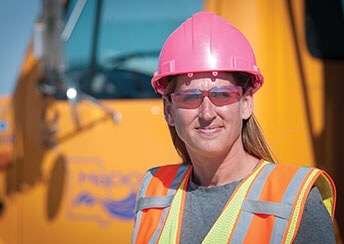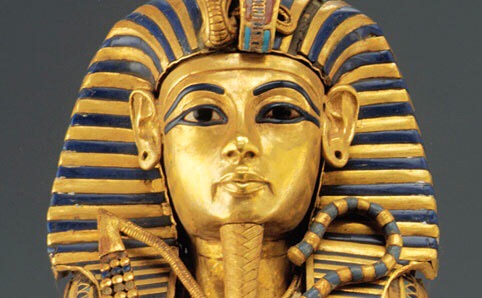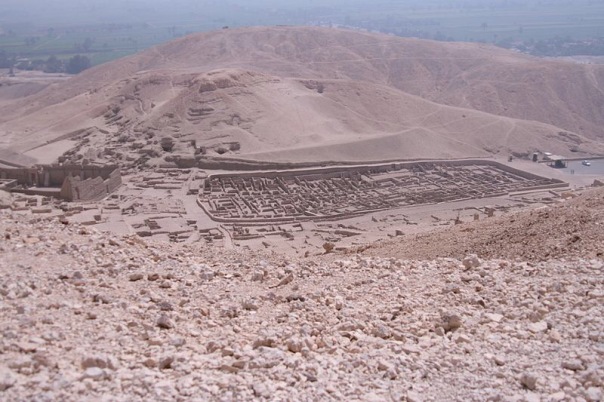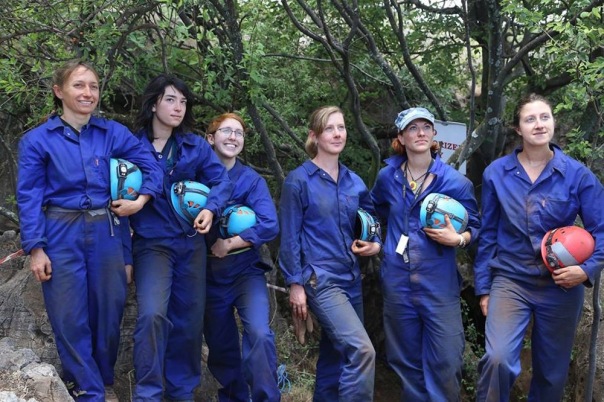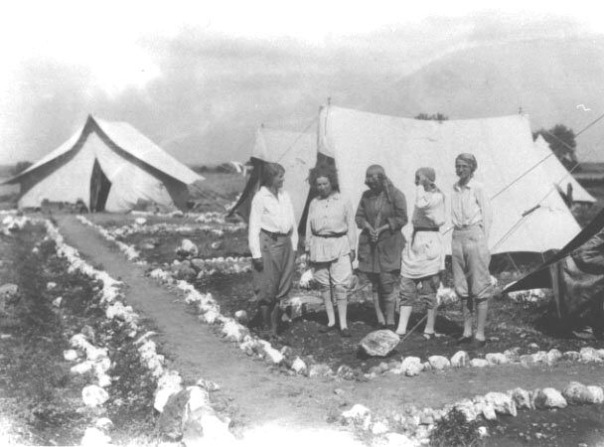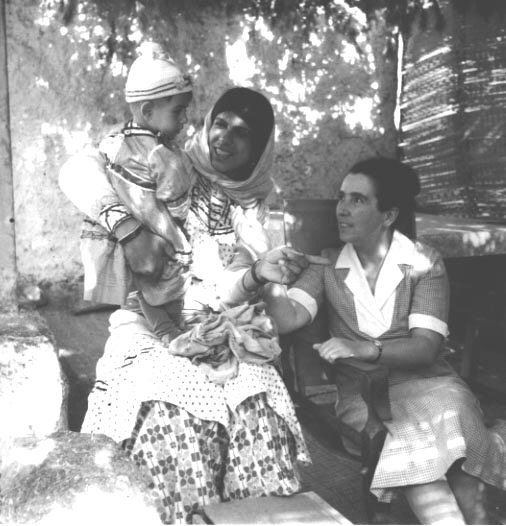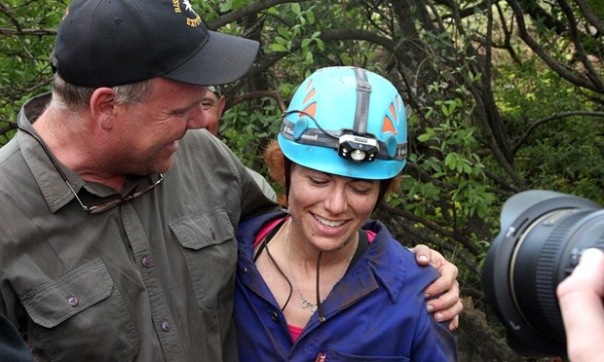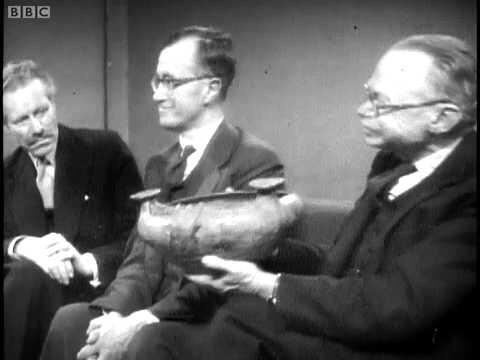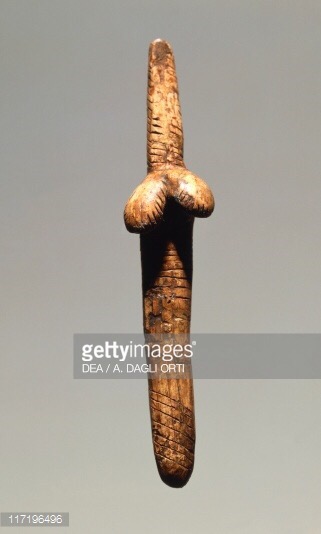Why should you study archaeology?Archaeology is the ideal subject for those of you who are torn between science and art subjects, since it contains an exquisite mixture of both. Of course, you may be tempted to do the MSC, but this course should still contain an amount of theory, otherwise you are just making lists. This is what some of us do if we are not careful. (There will be a theory post as to why theory is important, and some of the different strands that provide a framework for interpretation.)
An interest in the past and how the populace lived, thrived and died is useful, and if an element of prehistory doesn’t grab you, then something historic or exotic to you in another land other than Britain, if you are sick of Stonehenge and castles, will appeal. If you want to do be an Egyptologist though do check they have an Egyptologist in the department, and this goes for any other niche interest.
Still, why? There is the detective cliche, sorting out strands of evidence, making analogies and using your imagination, if you want. Then there are all the pictures, of sites, artefacts, maps and plans, which are brilliant if you are dyslexic (like me). I’m not kidding, there were a higher proportion of dyslexics on my archaeology course in Lampeter than on other courses. Even if you are not dyslexic, it has great visual and kinetic appeal. Think of all the archaeological fields, digging, drawing, artefacts, experimental-the latter of which involves various activities reproduced as best we can to discover how the past was done, what it might have looked like. Then there is ethnography and anthropology, where you can spend some time studying modern analogues.
Archaeology has so many facets, some of which you can learn to ignore the more specialised you become, others not. You may find you regret this when someone asks you a question about something you used to know at the beginning, but hey, if it is Roman British Pottery you’re after… Of course you don’t need to specialise too much in the degree, but there is an element of it, because of who you have there in your department.
Archaeology though, analysis, synthesis, communication and imagination, and measures of science and philosophy, you can’t beat it!
Easter Island UCL picture


